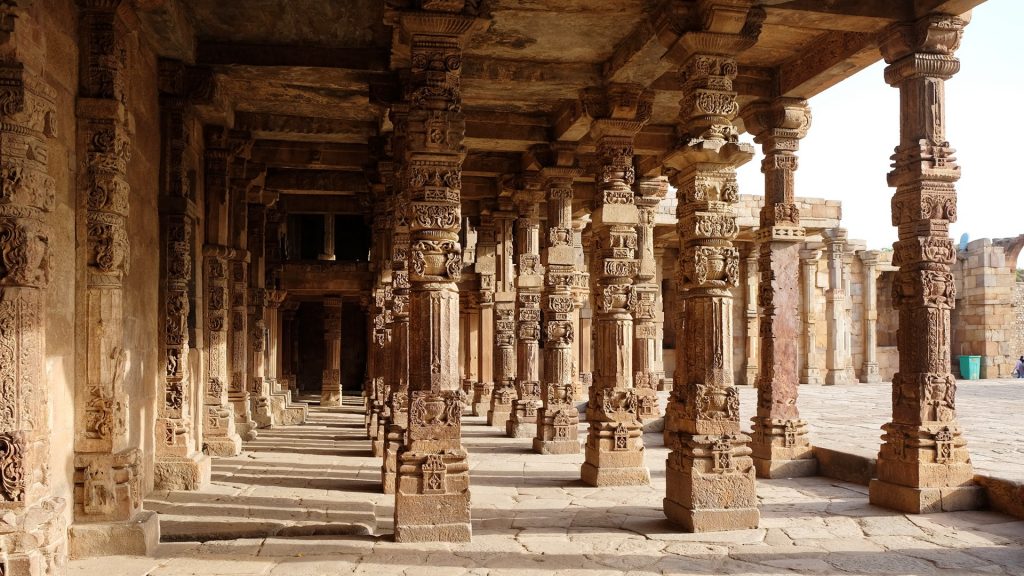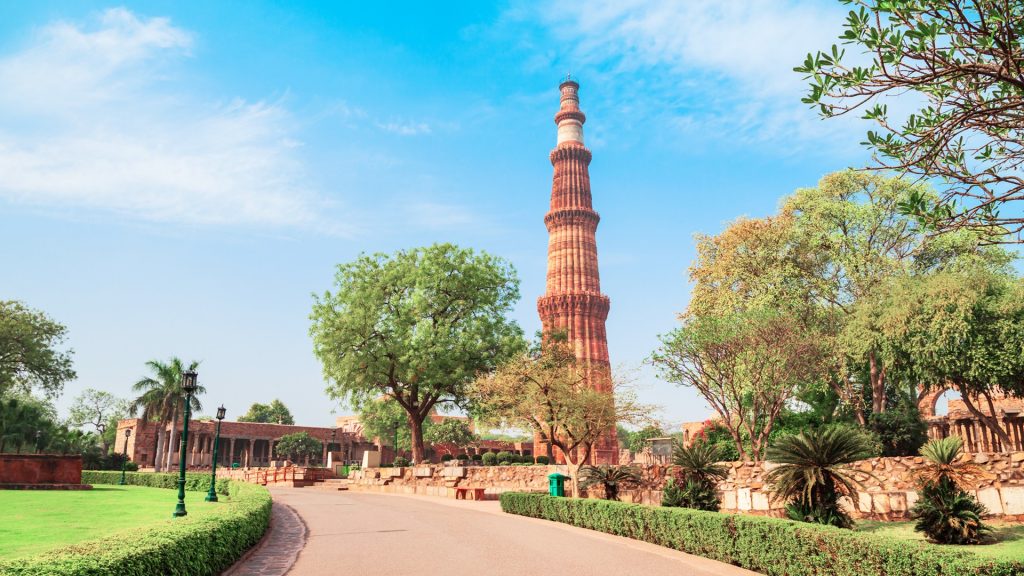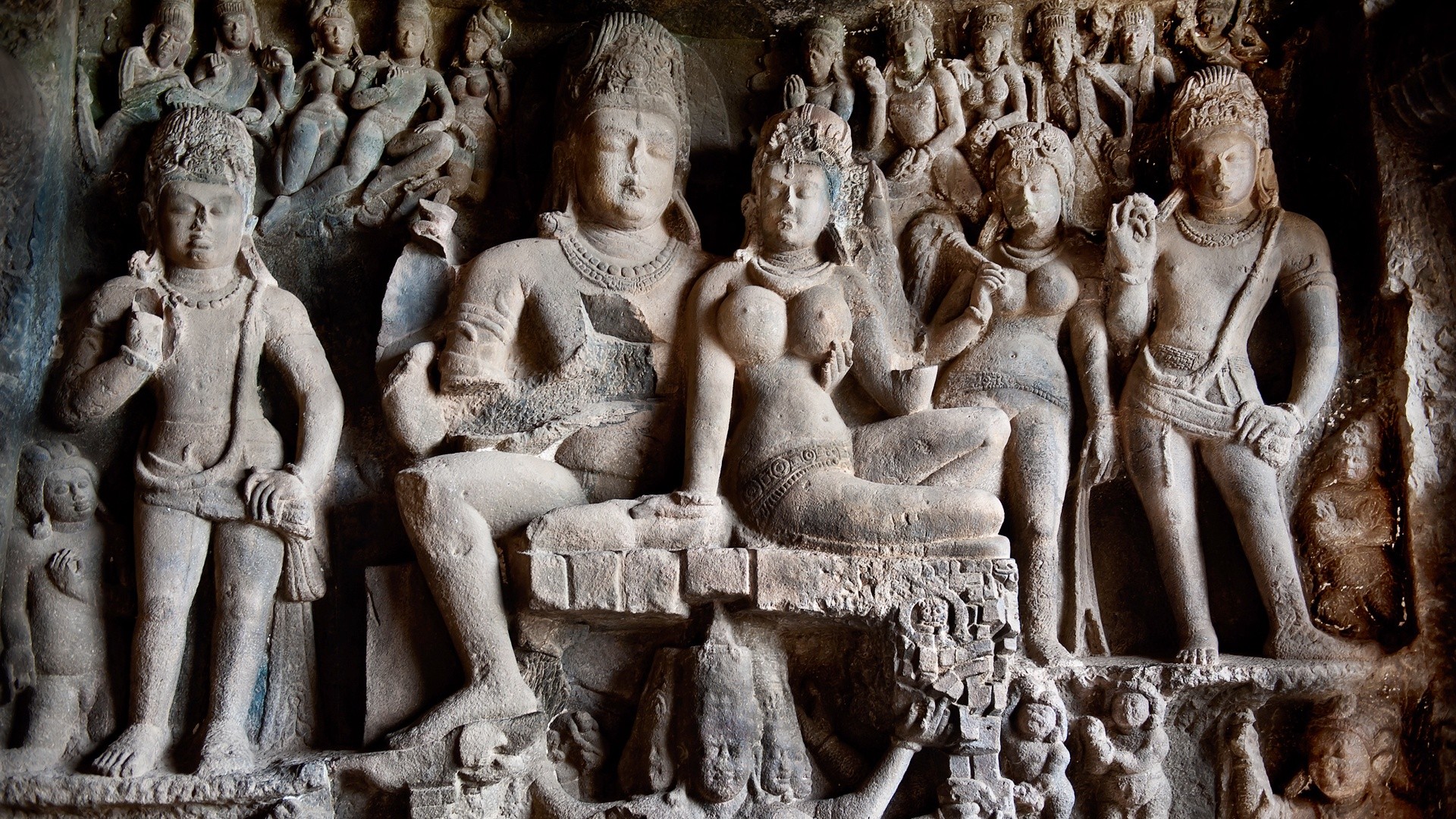
5 Must visit UNESCO World Heritage Sites in India
World Heritage Sites are natural and cultural locations that have been listed on the World Heritage List by the World Heritage Committee as having “outstanding universal value.” India now marks up a total of 40 World Heritage Sites, with 32 cultural sites, 7 natural sites and 1 mixed as recognised by UNESCO. Here are 5 UNESCO World Heritage Sites in India that are sure to leave you awestruck with their historic beauty and intricacy!
Ellora Caves, Maharashtra: Thirty-four out of the 100 caves here are open to the public. The most important cave is obviously cave number 16, which has the colossal monolithic Kailash temple. What stands out about this temple, apart from the unbelievable carvings, is the fact that it was carved from top to bottom! It is one of the greatest human inventions ever made. Its complexity, style, intricacies, planning, perfection, and detailing leave the visitors admiring the people who were part of the creation of this great piece of art. Carved out of a large rock face that measures over 2 kilometers in length, these caves were made over a period of three centuries, from the 6th to the 9th. The visitors will be left stunned not only by the architectural and sculptural details of the caves but also by the audacity and planning of such a large and complex web of caves. The caves are a mix of Hindu (17), Buddhist (12), and Jain (5) religions.


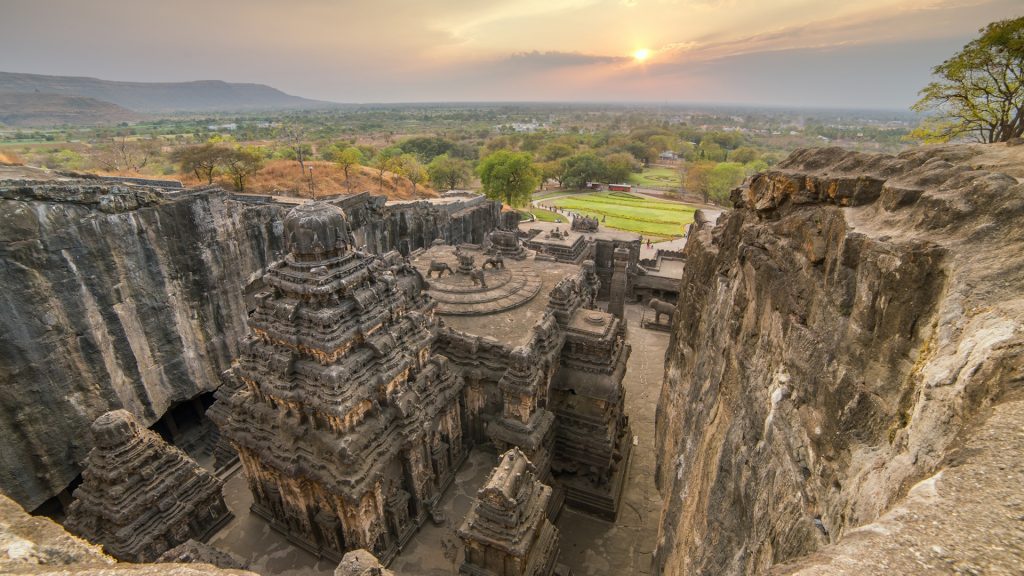
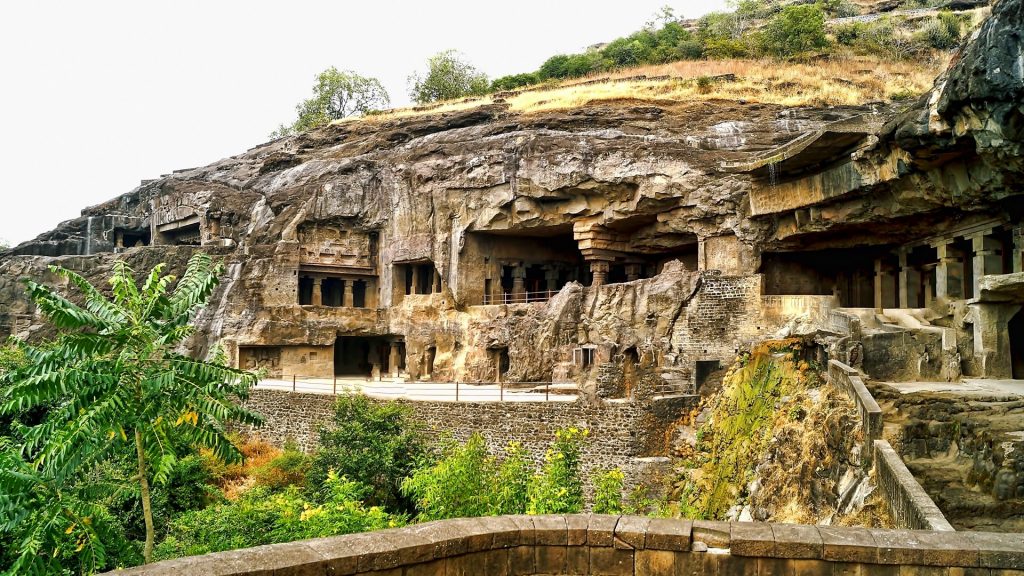
Hampi, Karnataka: An empire that lived in grand opulence and governed a flourishing kingdom lost a crucial battle in the year 1565, and the result of that defeat lies in the form of destroyed temples, forts, and other ruins scattered over a large area, including what was once the great city of Hampi, capital of the Vijayanagara kingdom. The richest city in the world at that point in time was ravaged to ruins and looted to the last penny by the marauding Islamic armies. It takes nearly 3 days to visit all the monuments that have survived the destruction over 450 years ago. If it takes 3 days to visit only the surviving ones, then the number of monuments destroyed by the marauders who camped for 6 months is anybody’s guess. The Tungabhadra River that meanders through the rocky Hampi and the Matunga hill that towers above Hampi remain the two mute spectators to the destruction and change in the landscape.
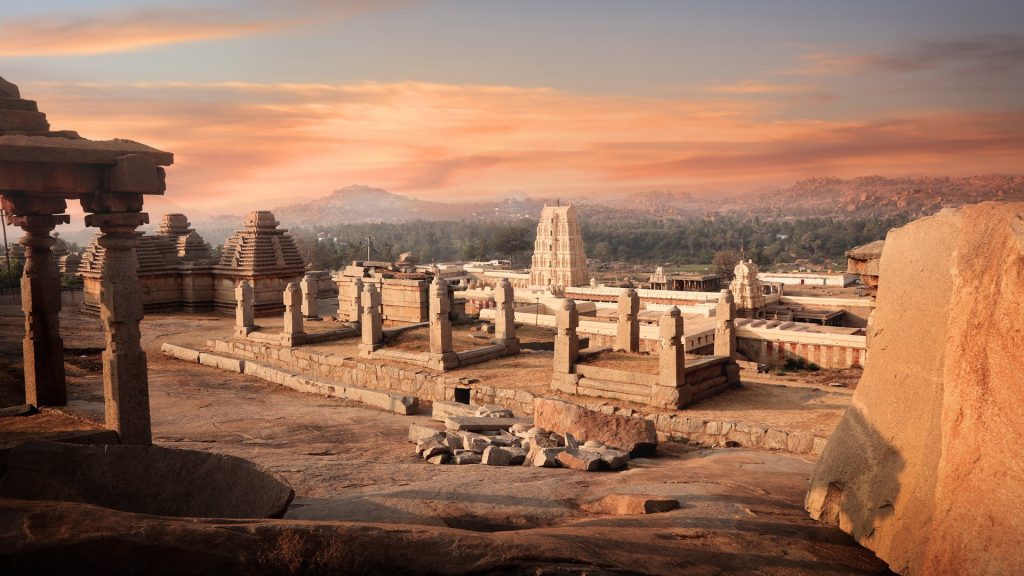
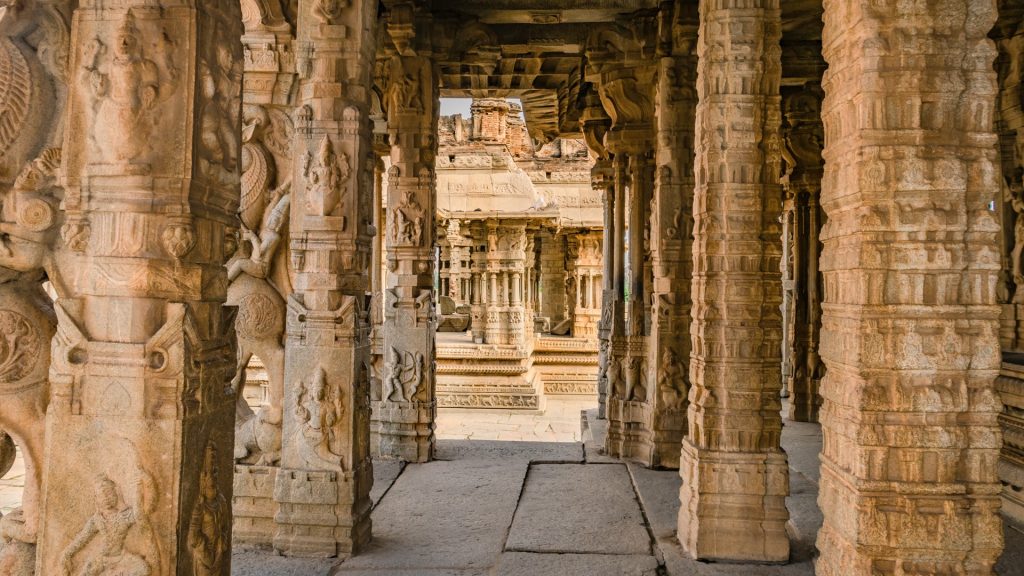

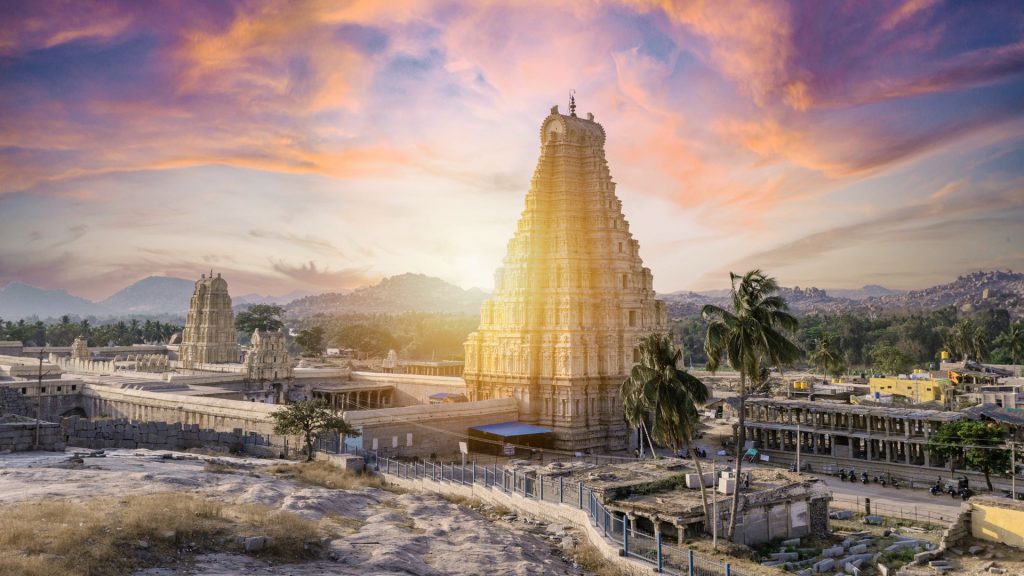
Mahabalipuram, Tamil Nadu: It is an ancient port city that boasts a group of temples built on the seashore during the early decades of the 8th century. The strategically located city was founded by Pallava king Narasimhavarman I during the middle decades of the 7th century. It quickly rose to fame as a famous port city. The detailed carvings on the cave walls, exteriors, and onshore temples, indicate a flourishing city that promoted art and culture. Two types of temples are seen here, rock-cut cave temples and shore temples (independently built, not carved out of rock). Whatever remains of the shore temple today is believed to be part of a large temple complex that had seven sanctums with towers above them. Now only two of them remain. Ancient travelers’ written accounts have mentioned Mahabalipuram as a city of seven pagodas. It is believed that the remaining five sanctums and towers are now under the sea.
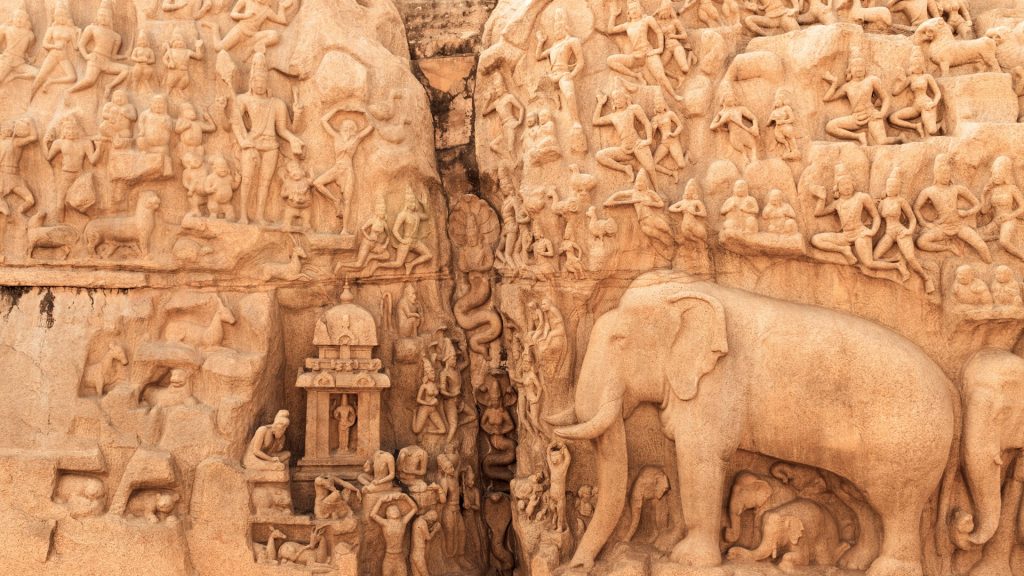

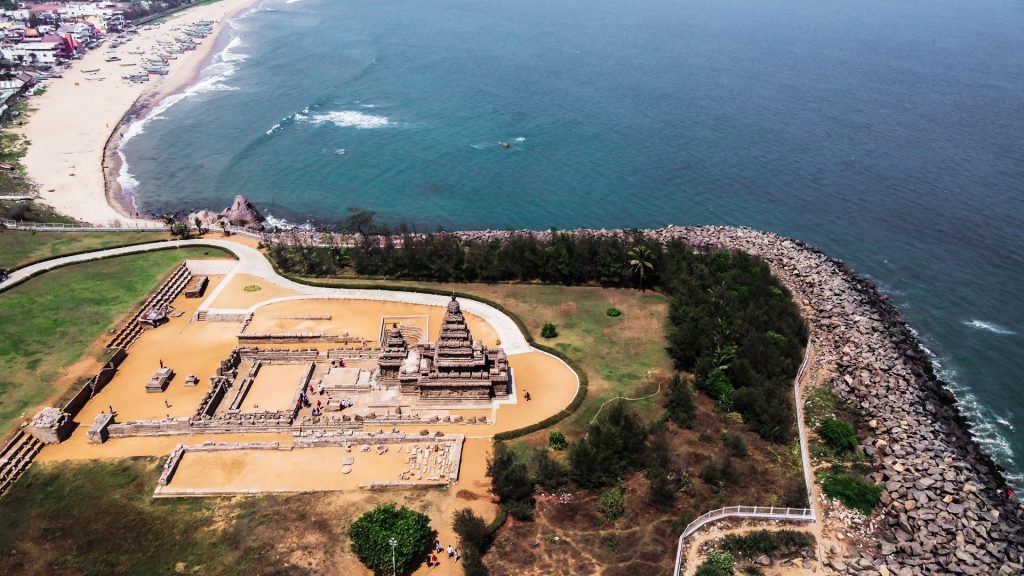
Sun Temple, Odisha: It is a stunning temple that embodies all the celestial elements of the Sun God and effectively highlights the same without disturbing the architectural brilliance. It was built by the Eastern Ganga dynasty king Narasimhadeva I during the 13th century. Certain parts of the temple have collapsed, and certain parts have been repaired, but this artistic wonder still stands, showcasing the Kalinga architecture, culture, and heritage of India’s rich dharma. The temple, with its tall tower, was an important landmark for the sailors in the Bay of Bengal, who used to refer to it as the Black Pagoda. The main highlight of the temple is the depiction of the Sun God’s chariot with 24 wheels and 7 horses, which cannot be explained, but the mesmerizing creation must be seen to be believed.
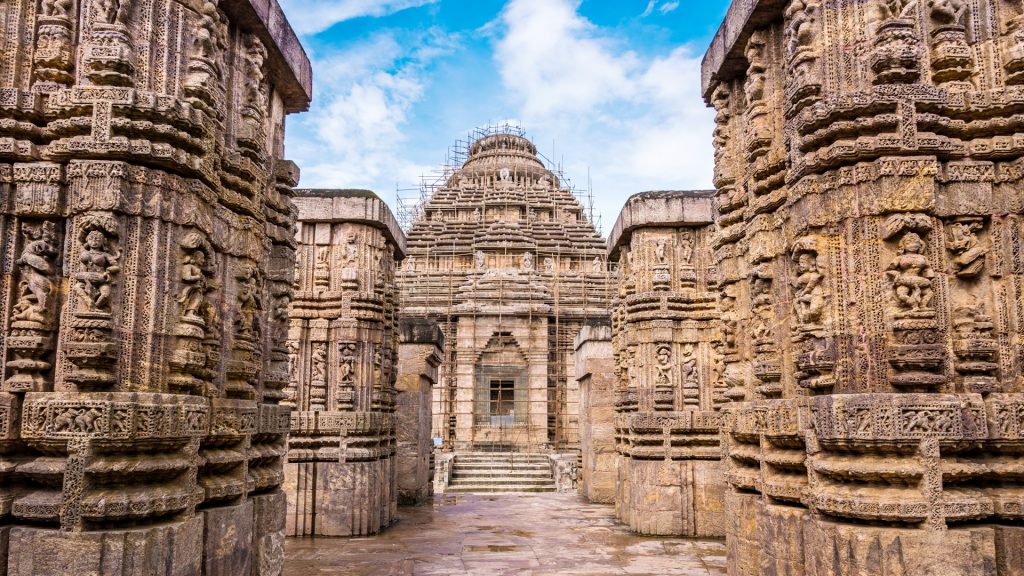

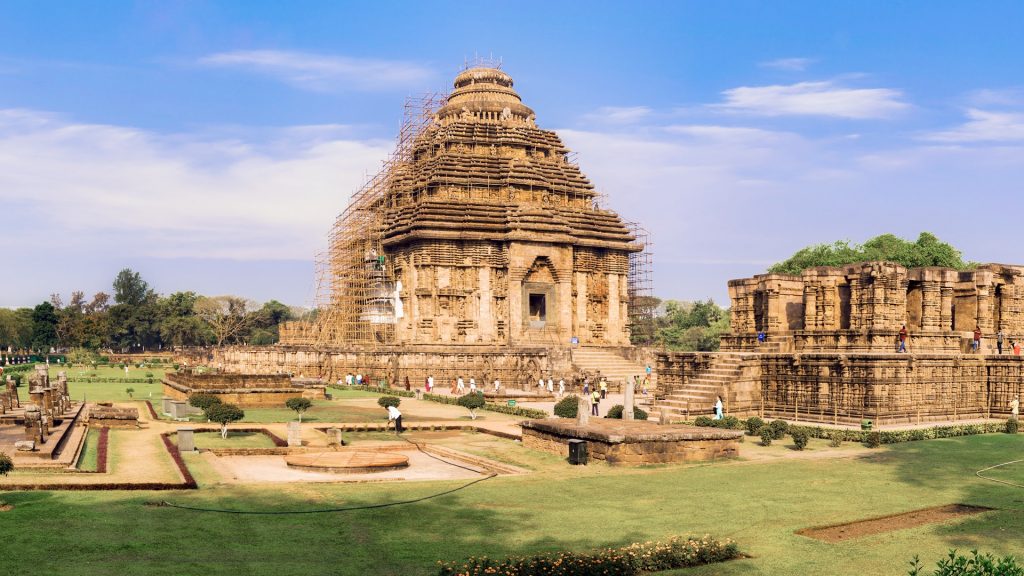
Qutub Minar Complex, Delhi: Located at Mehrauli in South Delhi, this tall pillar is claimed to have been built by the kings of the Delhi Sultanate during the 12th century. This pillar, which is nearly 240 feet tall, is said to be the tallest brick minaret in the world. The minaret reduces in diameter as it goes upward and has five distinct sections. Built in Indo-Islamic style, the unique minaret was built after destroying many Hindu and Jain temples. Many Islamic structures were built in the complex by successive rulers.
